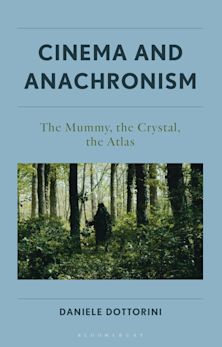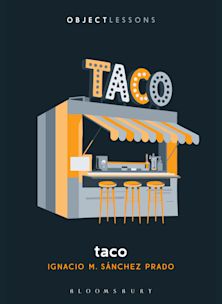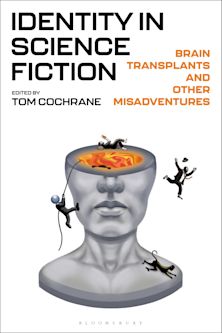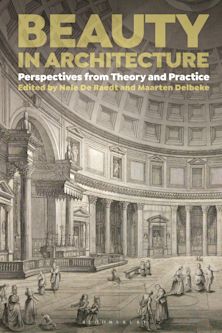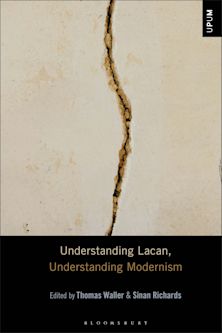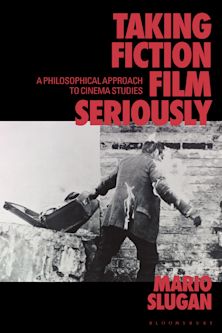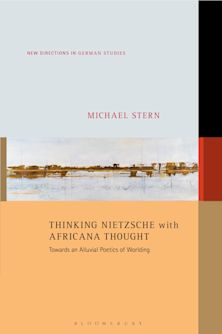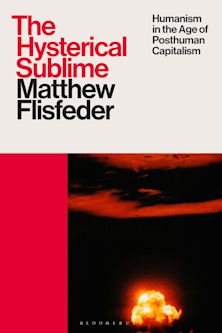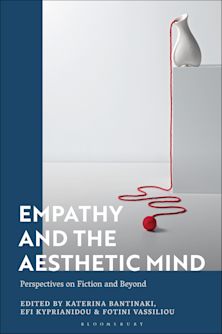- Home
- ACADEMIC
- Philosophy
- Aesthetics
- (In)aesthetic Theory
(In)aesthetic Theory
An Essay on Adorno, Badiou and Aesthetic Modernism
(In)aesthetic Theory
An Essay on Adorno, Badiou and Aesthetic Modernism
You must sign in to add this item to your wishlist. Please sign in or create an account
Description
A reckoning with the radicalisation of modernist aesthetics that took hold in the mid-twentieth century, (In)aesthetic Theory illuminates the limits of aesthetic presentation by bringing Theodor Adorno and Alain Badiou's divergent philosophies of art into critical proximity.
Both theorists uncover moments in which art ceases to represent and begins to insist – where its truth is not stated outright but intimated in a gesture beyond the world as given. Their respective frameworks suggest that aesthetic experience can open an affective breach in which the reifying impulse of cognition is negated, and that which otherwise eludes the regime of established appearances is encountered obliquely. This shared structural insight anchors this book's central hypothesis: that art's power to produce truth lies precisely in this zone of interruption, of failure, of withdrawal, and vanishing intensity.
Combining original theory with historically grounded comparative commentary, the text reflects on presence and absence, history and memory, politics and art, entropy and decay. With it, Vangelis Giannakakis offers a vitally current interpretation of aesthetic modernism.
Table of Contents
Acknowledgements
1. Introduction: “Where no more to be seen. Perforce to be seen”
2. Of materials, subjects and spirits
3. Inaesthetics and/as negative aesthetics?
4. Discontinuities of meaning
5. Events and the unity of art
6. Conclusion: The end of art, and the art of the end: a model
Bibliography
Product details

| Published | 19 Feb 2026 |
|---|---|
| Format | Ebook (PDF) |
| Edition | 1st |
| Extent | 208 |
| ISBN | 9781350450677 |
| Imprint | Bloomsbury Academic |
| Publisher | Bloomsbury Publishing |
About the contributors
Reviews
-
How can we consider structural features intrinsic to art without, for that reason, abstracting from their historical embeddedness? Vangelis Giannakakis answers this vital question through the interpretation of aesthetic modernism by Theodor Adorno and Alain Badiou. Very few thinkers can generate a fruitful dialogue among classics without being repetitive, naive, and excessively scholarly. This is an original and erudite book by a first-rate philosopher of art and specialist on Adorno and Badiou.All those interested in contemporary aesthetics will find Giannakakis's interpretation of events, reality, and aesthetic experience – all central concepts for Adorno and Badiou – a new paradigm to think with in the 21st century. This paradigm is called the (In)aesthetic. A must read.
Santiago Zabala, ICREA Research Professor of Philosophy at Pompeu Fabra University, Spain, and author of Signs from the Future (2025)
-
Through a compelling and lucid exploration of the aesthetic philosophies of Adorno and Badiou, Vangelis Giannakakis advances a series of challenging propositions on the affirmative and subversive powers of art today. Both aesthetically attuned and philosophically rigorous, this study not only sheds new light on two of the twentieth century's most original thinkers, but also stands as an insightful contribution to contemporary aesthetic theory.
Brian O'Connor, Professor of Philosophy at University College Dublin, Ireland
-
Giannakakis' argument is new, sensitive, and critical-and attentive to the complexities that mark the theories of both Adorno and Badiou. He argues that Adorno's negatively dialectical aesthetics share several features with Badiou's program of inaesthetics: the confrontation with otherness (the shudder and/or the event); the imperative to resist instrumental reason through negation; the importance of recognising the priority of the object over reified subjectivity; and the nature of the aesthetic image-which allows fantasy, speculation, and the possibility of philosophical interpretation, capable of following and transcending the object. The concept of “art at the end” is also appropriate for our own era-which offers nightmarish repetition as well as the uncanny trace of difference. If history is a path of despair, it is also one of resistance, hope, and the ever-unforeseen.
Justin Neville Kaushall, University of Warwick, UK















